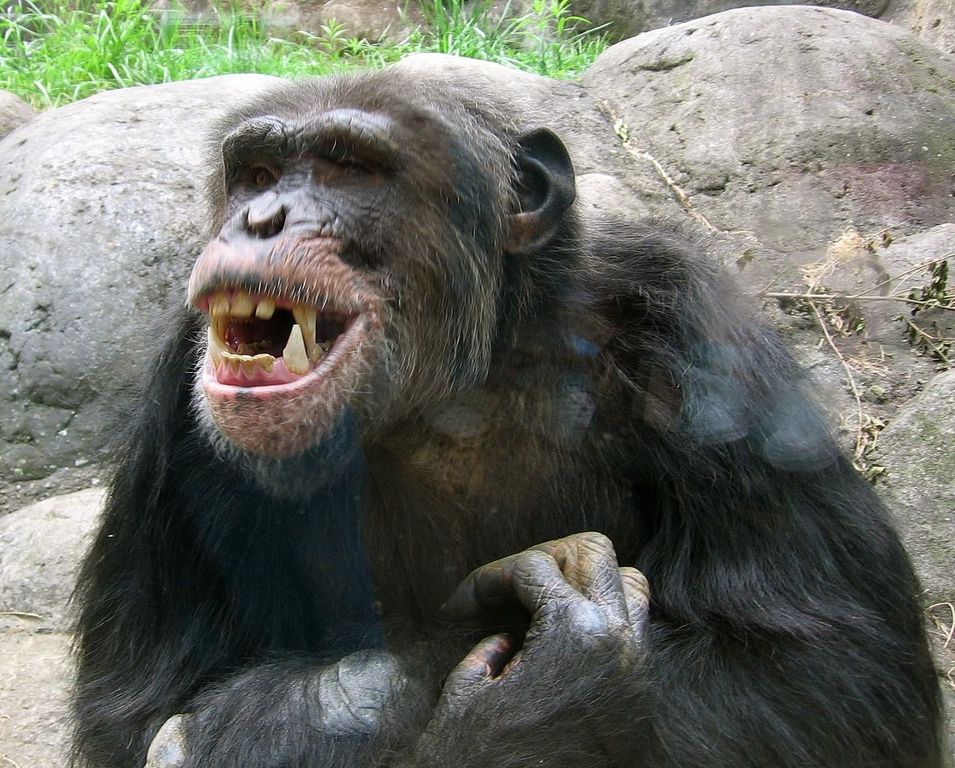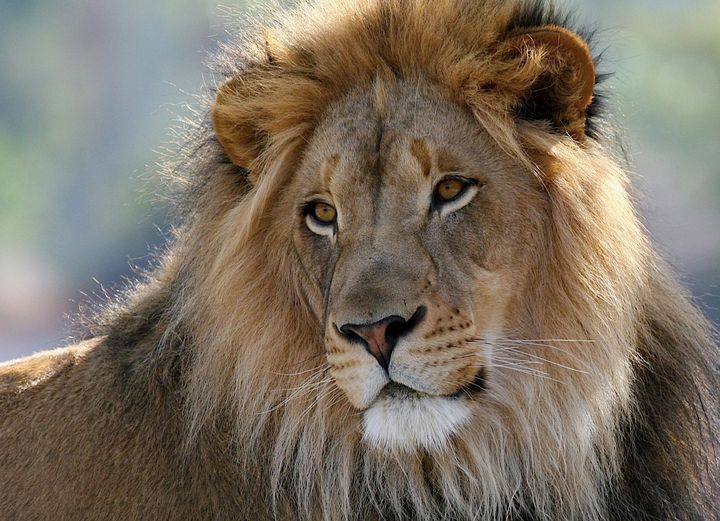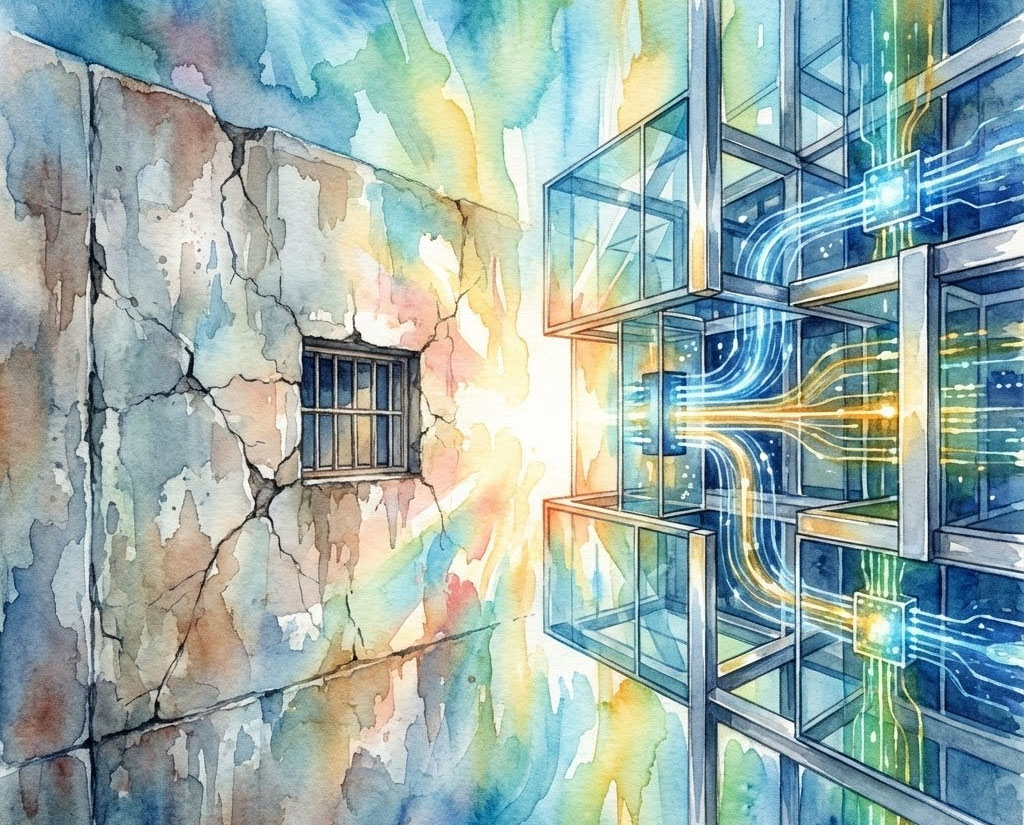
If facial recognition gives you pause (or paws), consider how it's being used in the animal world. Humans have obvious privacy implications to worry about when facial recognition software comes to the fore. Whether it's tagging people on Facebook, searching for problem gamblers in casino videos, or trying to match people with Google search, our faces become all too easy to recognize.
And we're moving to an era where logins will be tied to essential body parts. Fingerprints could replace passwords. Iris scans could let you in the door, instead of a key. What if the code for our shapes gets hacked? How would you recover from such an instance of identity theft? These questions are still being considered. But in the animal world, such problems are not the case.
In fact, face recognition is a help for trying to track populations in the wild. Take the Lion Identification Network of Collaborators (LINC) by Lion Guardians (a group based in Kenya). The aim is to use facial recognition technology to better understand where the big cats roam, for conservation reasons.

For a while, a program called Doggelganger purported to match potential dog adoptees with their owners -- based on faces. Credit: Wikimedia Commons
"Their movements throughout Africa are poorly understood, and tracking efforts come with a host of difficulties: GPS transmitters are expensive, run out of batteries every one to three years, and can be fitted only when an animal is sedated," wrote Scientific American of the initiative. "In addition, unlike leopards, cheetahs and tigers—whose spots and stripes make identification fairly easy—adult lions lack recognizable coat patterns."
And frankly, it's not the first time this technology has been used for animals. Four years ago (which is at least a couple of generations tech-wise), facial recognition software was used for a more familiar human analog -- wild apes. At the time, researchers cited limitations with using the technology outside zoos; for example, the lighting conditions are not as great, making it harder to find the apes. Simple shapes were suggested as a remedy.
In 2013, there also was a novelty campaign in New Zealand called Doggelganger, which was supposed to match potential adoptee dogs with owners based on face alone. It's unclear how much people actually pick pets based on face alone, but the initiative did get media attention and highlighted how facial tech could also be used for canines.

Facial recognition software with chimpanzees was recorded as quite successful in 2011. Credit: Wikimedia Commons
How else could we use for facial tech for animals? Perhaps it could be linked to genetic studies to better figure out how generations of animals spread in the wild. Missing dogs and cats would now have another tool in the search to find them. Similarly, we could track evolution and perhaps even the spread of diseases. Goes to show that tech that is troublesome in one area can be very useful in another.
Do you have a good way to keep track of animals? Let us know by launching a HeroX challenge.
Top image: Wikimedia Commons








